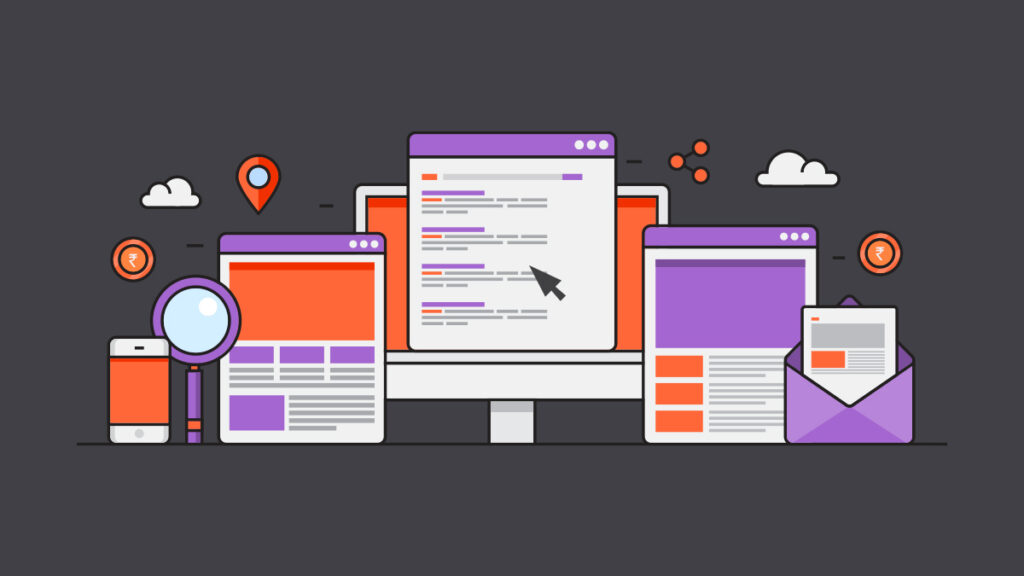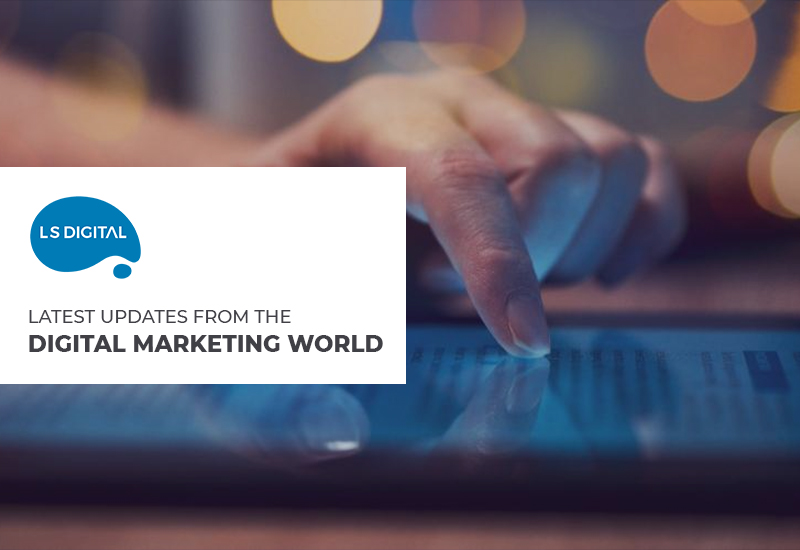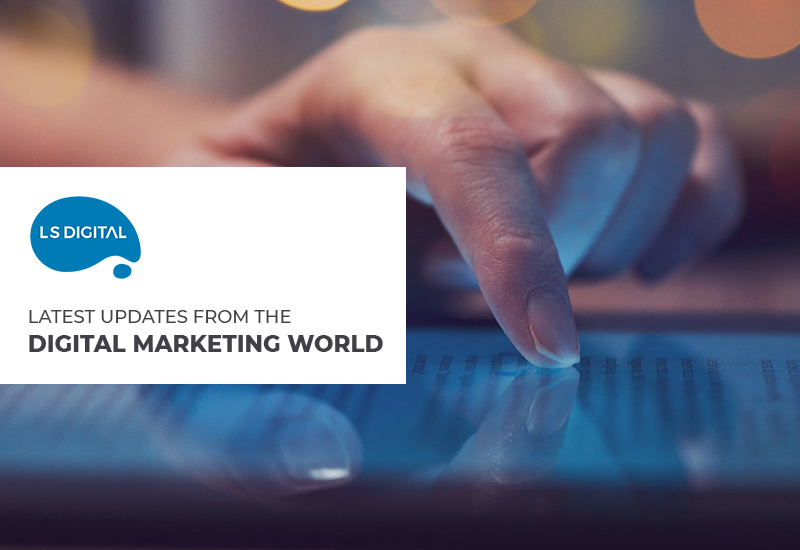In a paid search marketing, one of the most insightful and strategic metrics is the age of the audience. Understanding whether it is the boomers, millennials or iGen that drive most of your traffic helps to modify the strategy and get higher conversions.
How can you access this data?
Get the age-related demographic data you need from Google Analytics. You can find this under Audience à Demographicsà Age. Google is kind enough to show you this data in graphical as well as text format. The age groups are fixed; the youngest cohort is 18-24 years, while the oldest one is 65+. Owing to legal reasons, Google does not track or allow tracking of underaged online users so digital marketers don’t have access to that data point.
Leveraging age data for paid search advertising
Let’s assume that the age groups of 18-25 and 25-34 have generated the most revenue on the website. The business would want to increase focusing on these age groups. Hence, their strategy will change along the following lines:
- Messaging
Different age brackets prefer different means of communication. While Gen Z would prefer a display or video ad, older generations will more likely prefer text messages. The kind of language used in messaging will also differ based on the target age groups.
- Advertisement channel
The silent generation or boomers are more likely to be part of the Google Display network and not on platforms like Instagram. However, if your Google analytics data shows that it’s the younger generations that is most likely to generate revenue, you can leverage paid search on Google Videos on YouTube where that particular demographic spends most of their digital time.
A robust search marketing strategy needs to include non-search networks for advertising. While Google’s Display Network is vast and immensely useful and the marketer can modify your targets based on the age data, the marketer needs to include other channels such as Google Discovery ads, and Microsoft’s Audience Network (MSAN).
A younger age group will lean towards watching Google Discover Ads which are engaging. However, these ads are for mobile which means older generations who still use desktops over mobiles for viewing content, may not even be on this platform and including them into your paid search will lead to barely any conversions.
Apart from Google’s Display Network, a digital marketer needs to acknowledge the marketing power of the Microsoft universe- Microsoft Outlook and Microsoft Edge. MSAN also allows age targeting on their platforms to help digital marketers finetune their ad campaigns.
The digital marketer will have to conduct research and due diligence into what platforms the different age groups prefer as a starting point for their marketing campaign.
Let’s say you realise that ages 18-34 have little influence on your business’ revenue generated from online conversions. You can use this data to completely remove this age bracket from your Google Ads campaign and optimise your bid to focus more on other valuable age groups. If you find that ages 45-64 are your biggest clients, then you can create duplicate ad groups targeting the same age groups but with different messaging and bids. This will allow you to play around a bit with your strategy but ensure that your ad still reaches the desired audience.
‘Generation Gap’ is no longer a social concept; it has now extended into digital advertising, too. What appeals and works with one generation may be completely useless for another. Hence, identifying the different age groups and understanding their general characteristics will go a long way in building an effective paid search advertising strategy that benefits all the stakeholders involved.



